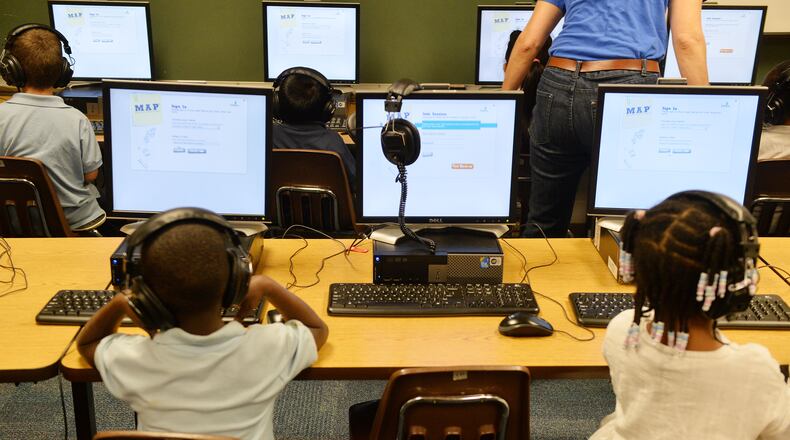Students from the U.S. don’t do very well when compared to their foreign counterparts, according to the results of the 2015 PISA (Program for International Student Assessment) released Tuesday.
The U.S. ranks 35th in math, 15th in reading, and 18th in science when compared to students across the globe. Scores indicate a decline for the first time in several years in math, while reading and science remain flat.
The PISA assessment is administered every three years to 15-year-olds by the Organization for Economic Cooperation and Development (OECD) across almost 70 countries.
In 2012, for example, only nine percent of US “15-year-old students scored at proficiency level 5 or above, which was lower than the OECD average of 13 percent.” In Science and Reading the proficiency is not dramatically different. The US typically ranks similar to the average of all OECD’s 27 participating countries. Keep in mind that includes countries like Estonia and Ireland, both of which score better than the U.S. On the 2015 results, Singapore ranked top, with countries like Estonia, Ireland, and Canada again ranking ahead of the US.
“This is a rallying cry for anyone concerned about this country, and evidence once again that we must put Opportunity and Innovation on the front end of all education policy initiatives,” said CER Founder and CEO Jeanne Allen. “The lagging indicators of US education will be a critical challenge for the new Administration.”
About the Author
Keep Reading
The Latest
Featured


